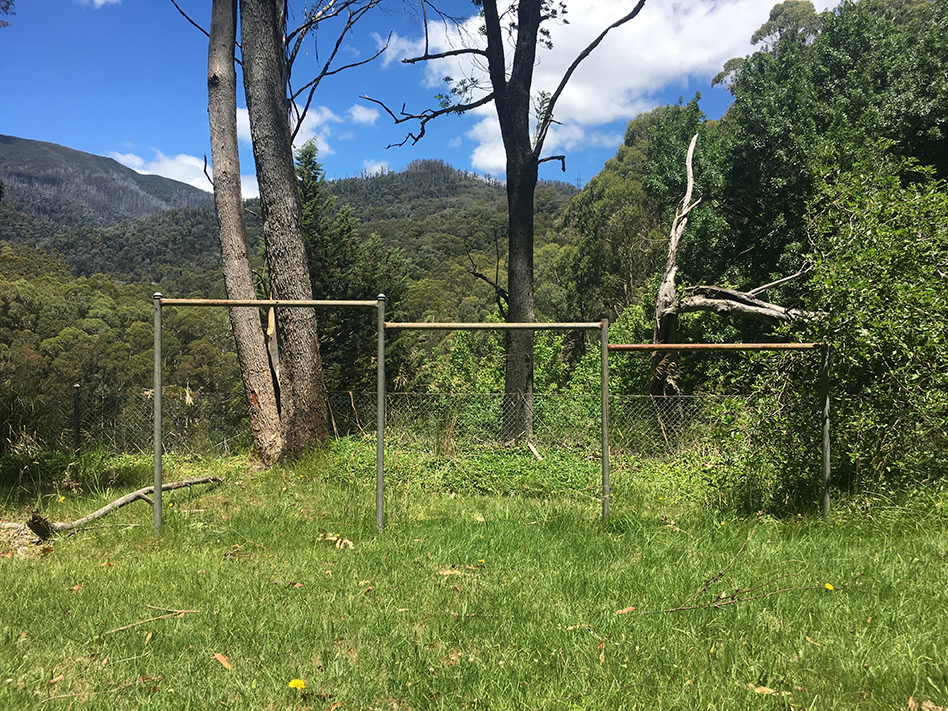()
Upwellings
Sitting here in the Bogong residency grounds I am looking out onto rusty play equipment of the school that once was. I’m joined by the eight-year-old version of myself who tells me a story I had forgotten to remember.
St Peter & Paul’s Primary School, 1987. Third Grade.
We were up on the back oval playing softball when it happened. A patient from the psych ward at the hospital down the road had slipped the wardens, fled the hospital grounds and made his way to our school. Somewhere along the way he had come across a hammer and it was with this that he made busy smashing our school's windows.
An inkling that something was awry raced ahead of the teacher running our way. She was calling to us from a distance, directing us off the oval & out of the school grounds. She attempted to convey a calm urgency but triggered an excitable panic. And so we ran, heart in throats, convinced of an unknown threat bearing down on us. The fastest runners lead us to Darren’s house three blocks away where we would all be safe. All of us except for Ben.
Ben was the unlucky one. At the pivotal moment he had gone scurrying in the bushes for the ball and missed the unfolding drama. Having retrieved the ball, Ben returned to the oval in time to see the last of us dashing down the path. Thinking this was an impromptu jog he started trotting in our direction. Until he encountered a man with a hammer.
Excitement and anticipation surrounded Ben's first day back after the incident. This was the biggest thing that had ever happened at our school. And someone from our class had the starring role. We moved in on Ben as he peeled back the bandage. But instead of the hammer-shaped divot in his skull, as I had imagined it to be, we gazed in at something more mundane. It’s Betadine-yellow hue may have added a touch of drama to the wound, but in reality there was nothing more than a short gash, neatly stitched. Disappointed, we drifted back to our schoolyard games. But with the bandage back in place, our imaginations were free to unpick the stitches and enlarge that wound to proportions appropriate for our retellings of the tale.
